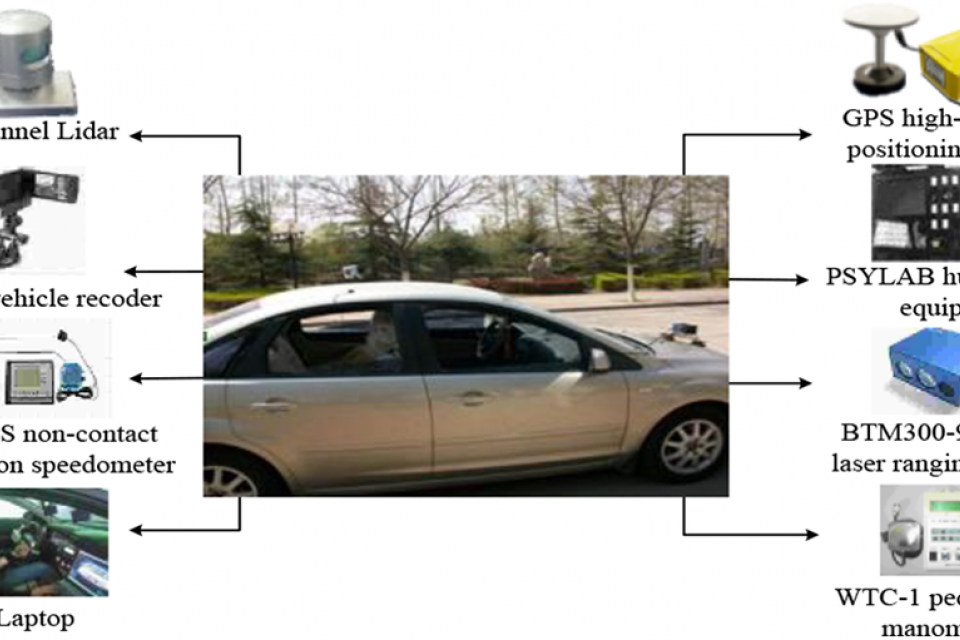Datasets
Standard Dataset
Aggressive Driving Behavior IoT Data
- Citation Author(s):
- Submitted by:
- Mehedi Hasan Shuvo
- Last updated:
- Tue, 10/15/2024 - 07:01
- DOI:
- 10.21227/1drh-j467
- License:
 1657 Views
1657 Views- Categories:
- Keywords:
Abstract
The "Aggressive Driving Behavior IoT Data" dataset captures real-time driving behaviour through a network of Internet of Things (IoT) devices, specifically designed to monitor and analyze aggressive driving patterns. This dataset contains comprehensive recordings from various sensors embedded in vehicles, including GPS, accelerometer, gyroscope, and onboard diagnostics (OBD) systems. The data points collected provide detailed insights into vehicle speed, acceleration, braking, steering patterns, and environmental conditions over time.
This dataset is invaluable for researchers and practitioners in the fields of transportation safety, machine learning, and behavioural analytics, aiming to develop predictive models for aggressive driving detection. By analyzing this data, one can identify risky driving behaviours, propose mitigation strategies, and enhance driver assistance systems. The dataset can also be used to train and validate algorithms for accident prevention and traffic management systems. Potential applications extend to insurance risk assessment, urban planning, and autonomous vehicle development.
The dataset is anonymized to protect individual privacy, and it adheres to ethical guidelines for data collection and sharing. It provides a significant resource for advancing research in intelligent transportation systems, contributing to safer roadways and more informed driver behaviour analysis.
The "Aggressive Driving Behavior IoT Data" dataset contains telemetry data collected from vehicles equipped with IoT devices to monitor driving behavior. This dataset is designed to help researchers and developers create models that predict aggressive driving patterns based on various sensor readings.
Dataset Structure
The dataset is provided in CSV format with the following features:
- Position Time: Timestamp indicating when the data point was recorded. Format:
YYYY-MM-DD HH:MM:SS. - Speed: The vehicle's speed at the time of recording, measured in kilometres per hour (km/h).
- Azimuth: The direction in which the vehicle is moving, measured in degrees from the North.
- Ignition: A binary value indicating the vehicle's ignition status (
1for on,0for off). - Coordinates: Latitude and longitude coordinates representing the vehicle's location.
- Acceleration: The vehicle's acceleration at the time of recording, measured in meters per second squared (m/s²).
- Harsh Acceleration: A binary indicator for harsh acceleration events (
1for yes,0for no). - Harsh Braking: A binary indicator for harsh braking events (
1for yes,0for no). - Sharp Turn: A binary indicator for sharp turning events (
1for yes,0for no). - Aggressive Event: A categorical variable indicating the presence and type of aggressive driving behavior. Values range from
0to4, where0represents no aggressive behavior, and higher values indicate more severe behaviors.









Comments
I need this dataset for my research in aggressive driving detection
I need this dataset for my research in aggressive driving detection